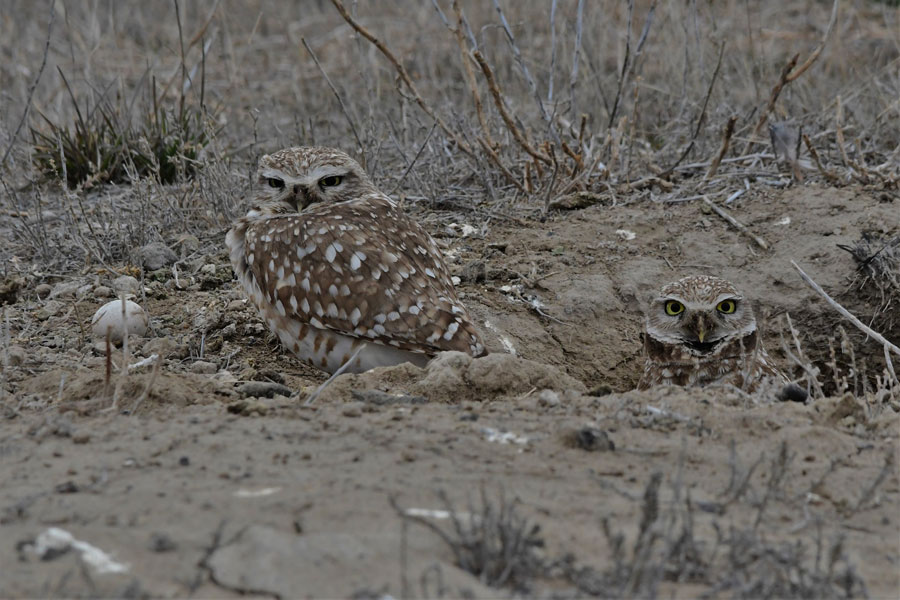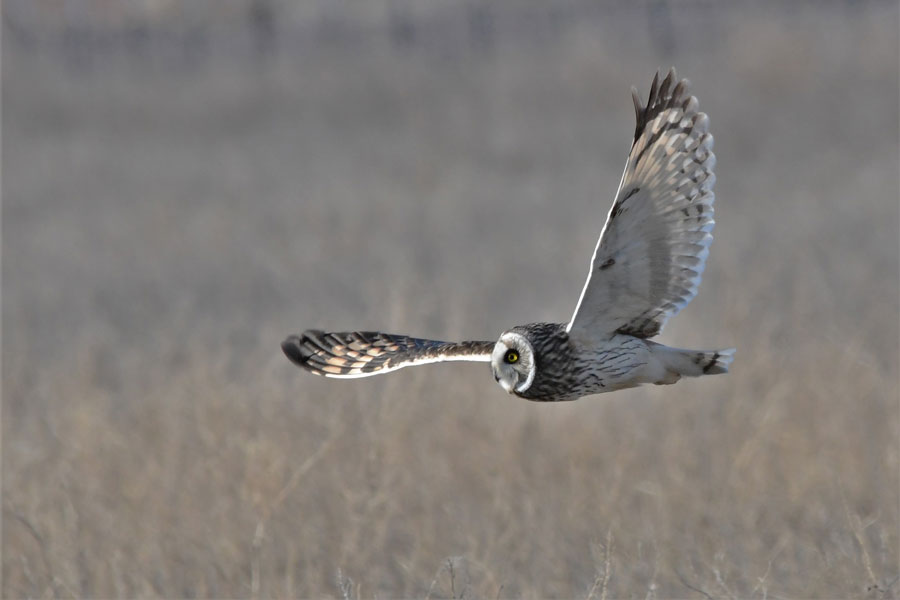My attempt to observe the enormous display of birds on Mud Lake resulted in an ‘unwanted shower’
Published at
Locating about 100 American white pelicans in a cove on Mud Lake near willows and bulrush was too much of a temptation. I had to get a close-up picture of them. A howling wind rattling all the vegetation meant the noise I made would be muffled, so I could sneak up on them.
I got close to them – too close. As I popped out of the bulrushes, the huge birds exploded, beating the water with their wings, their feet digging at the stinking muddy sand infiltrated with natural reconstituted fish emulsion. The wind caught the spay, giving me an ultimate red-neck shower that guaranteed social distancing for at least 20 feet.
Like most men, I do not always think things through. The ice had just left Mud Lake three days earlier allowing the winter-killed rotten fish and the matted rotting weed beds, along with hundreds of thousands of ducks, coots, snow geese, and cormorants had added to the stench. It was time for a civilized shower and a clean set of clothes.
It wasn’t bad enough to stop me from cleaning my equipment and getting pictures of a pair of eagles, who were getting to know each other up close and personal. It also didn’t stop me from observing a pair of burrowing owls (with an egg deposited on the lip of their hole) or recording the first pair of short-eared owls of the season.
“The spring migration is for real,” I thought as I drove by a pond with a few American avocets and Greater yellowlegs probing the mud for morsels of food.
Most of the tundra and trumpeter swans and snow geese have moved north while the shorebirds and songbirds are just starting to arrive. As of Thursday, we still had a flock of about 100 snows near Market Lake and another thousand still on Mud Lake. A week ago, we had thousands of pintail and wigeon ducks. But most have now left. Most of the owls are nesting, except for the short-eared owls that are just starting to migrate into the Upper Snake River Valley.
This week I saw my first avocets, black-necked stilts, willets and sandpipers — all members of the shorebird family — while a few songbirds like spotted towhees, swallows and even a ruby-crowned kinglet came calling. While social distancing with some of our family in our backyard Thursday night, a beautiful red-napped sapsucker entertained us.
So far this spring, one of the biggest disappointments has been the lack of sage grouse that I have seen. This week I traveled to 11 traditional leks that I have counted in the past between State Highway 33 and the Egin/Hamer Road. Seven years ago, between 30 to 90 males were displaying each of those leaks. This week all but two were empty. On one lek I found 14 males, but no hens. On the other one I found only one male wandering around and not displaying at all.
After the area between the Red and Sand Creek Roads open up on May 1, I will check those leks and hopefully find some populated with both males and females.
In the meantime, I will spend a lot of time at Market and Mud Lakes and Camas National Wildlife Refuge as the shorebirds and the songbirds continue their migration. Hopefully, I will not suffer another unwanted shower from not thinking things through.
Living the Wild Life is brought to you by The Healing Sanctuary.





